By Chai Jingbo from CNS
Mae Ngai is an American historian and history professor at Columbia University with a special interest in the histories of immigration, Chinese history and racial studies. She is also a respected author whose books include Impossible Subjects: Illegal Aliens and the Making of Modern America, The Lucky Ones: One Family and the Extraordinary Invention of Chinese America and The Chinese Question: The Gold Rushes and Global Politics, which throw light on the roots of the prejudice against Chinese immigrants in the United States and other English-speaking countries at the end of the nineteenth century, and the misleading stereotypes about Chinese-Americans and Asians that have persisted in academic circles for decades. Her books have won American Historical Association awards.
Racial discrimination against Asian-Americans has been a longstanding problem in the United States, fueled further by the outbreak of the COVID-19 pandemic in 2020. According to the New York City Police Department, in 2021, there was a 368% spike in hate crimes against Asians in September alone, compared with the same period the previous year. Biased comments by some Western politicians have also stoked the anti-Asian sentiment in American society.
Mae Ngai looks at the historical roots of the discrimination against Asian-Americans in the U.S., whether the community, including Chinese-Americans, has achieved equality in the U.S. after more than a century of immigration, and the possible remedies.
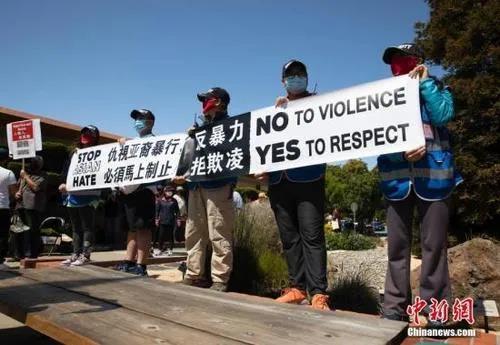
CNS: In the early literature of the United States, we find a deep-rooted impression of Chinese immigrants as coolies, porters or unskilled low-wage laborers. The early history of Chinese-Americans was written by white Americans. How biased or accurate were these perceptions and narratives?
Mae Ngai: Chinese labor was considered to be a special and racialized form of cheap labor, which was the opposite of free labor. Most of the early books on the Chinese community were indeed written by whites but there were also white scholars who identified with the Chinese community. Sociologist Mary Roberts Coolidge, for example, rejected the idea that the Chinese were equivalent to coolies in her 1909 book Chinese Immigration.
However, it is a pessimistic reality that in American politics, there were more people with anti-China attitudes, which made it easy to influence public opinion. That’s why this bias is deeply ingrained.
Later in the 1960s, the term “coolie” was revived by white historians. They argued that the Chinese were never integrated into local society, nor did they enjoy the kind of freedom to work as European immigrants did.
My research is to reconstruct the true stories of the “Chinese” who settled in the United States and other English-speaking countries at that time, and to present a more impartial history. The term “coolie” is distorted and racially discriminatory and portrays Chinese immigrants as slaves who had no say in their lives and work. I oppose that notion.
CNS: From the Gold Rush in California in the mid-nineteenth century, when prospectors flooded the region to mine for gold, to Chinese immigrants’ suffering during World War II, and to the introduction of the Chinese Exclusion Act in 1882 that banned all Chinese labor immigration for 10 years and was the only law targeting a particular community, the Chinese in the U.S. have been repeatedly excluded and discriminated against. Why then has Chinese immigration to the United States never stopped?
Mae Ngai: Anti-China sentiment in the U.S. dates back to the nineteenth century. Anti-Chinese politics, though varying from place to place, influenced each other, and in the late 19th and early twentieth centuries, a common anti-Chinese racist theory emerged on the basis of white colonialism.
One main reason why Chinese immigration didn’t stop was that the Chinese who came to the United States as businessmen or students were not subject to the Chinese Exclusion Act. Besides, a significant number of immigrants were “paper sons,” that is, people who immigrated by buying documents certifying they were blood relatives of the Chinese who had residency in the U.S. They were not subject to the Chinese Exclusion Act either. In 1950, as many as half of the Chinese-Americans were “paper sons.” That’s why historically Chinese immigration to the U.S. has never stopped.
CNS: Since the repeal of the Chinese Exclusion Act in 1943, the study of Chinese history in the U.S. has grown. Is this the result of the long-term influence of the Chinese community on American society?
Mae Ngai: In addition to studies on the Chinese laborers who were at the bottom of the social ladder, there are also many studies on nonworking class Chinese-Americans. For example, Sue Fawn Chung’s In Pursuit of Gold: Chinese American Miners and Merchants in the American West, Judy Yung’s Unbound Feet: A Social History of Chinese Women in San Francisco, and my book The Lucky Ones: One Family and the Extraordinary Invention of Chinese America. Ellen D. Wu’s The Color of Success: Asian Americans and the Origins of the Model Minority, which traces how the Chinese and Japanese in the U.S. began to be regarded as a model minority from the earlier “yellow peril,” became almost the mainstream view of the new Chinese middle class in the twentieth century. The Chinese-American community has influenced American history and society in many ways.
CNS: In your book The Lucky Ones: One Family and the Extraordinary Invention of Chinese America, you trace three generations of the Tape family in the post-Gold Rush period. What is your message? Has the Chinese community really influenced the course of American history?
Mae Ngai: Joseph Tape was a first-generation immigrant, whose Chinese surname was Zhao. He aspired to be part of America’s “white middle class.” The Tape family experience represents in microcosm what happened to the Chinese immigrants in the past hundred years and America’s social and cultural changes. I hoped to show the big picture through the story of a small family.
The book mentions the many ways in which the Chinese-American community has influenced American history and society. For example, there were the court cases concerning Chinese immigration and citizenship, such as Yick Wo v. Hopkins, the Chinese Exclusion Act, Fong Yue Ting v. United States, and United States v. Wong Kim Ark. Wong Kim Ark, who was born in the U.S., returned to Guangdong Province in south China to visit relatives and was denied re-entry to the U.S. for the reason that his parents were not American. At that time, under the Chinese Exclusion Act, any Chinese who left the U.S. could no longer return freely, and even permanent residents were denied the right to become citizens. Wong Kim Ark began a long legal battle and wasn’t allowed to enter the country until 1898. These legal cases contributed substantially to the development of U.S. laws concerning immigration.
CNS: The Tape family was a middle-class family in the early American society. Even though they were well-off, it was still difficult for them to truly integrate into American society. Why? Has the dream of racial equality come true for Asian-Americans today?
Mae Ngai: It is true that some Chinese-Americans have achieved great material success, but I have to be honest and say that there is still a long way to go to achieve racial equality.
CNS: There were many Americans who were not hostile to the Chinese, but the positive messages were drowned out by a flood of negative propaganda ruling public opinion.
Mae Ngai: Racism is not a natural human reaction toward different peoples. It is generated by politics. There were misleading stereotypes about the Chinese for decades among academics, and very little historical information about the Chinese, let alone historical information from the Chinese themselves. I think politics play a strong role here.
CNS: Not only the Chinese, other immigrants have also remained in segregated groups in white American society. What’s your take on that?
Mae Ngai: Historians call this phenomenon “transnational identities and social practices,” which is very common among immigrants. They have never been really integrated into white American society and they still want to stay connected to their own communities, families and friends from their ancestral countries. White American society is resistant not only to Asian-Americans, but also to other immigrant groups, all of which is the result of stereotyping.
CNS: What are the historical roots of the rise in violence and hatred against Asian-Americans in the U.S. since the COVID-19 pandemic? How can this be addressed?
Mae Ngai: This can be traced back to the emergence of the Chinese exclusion movement in the U.S. in the nineteenth century. As I said before, in the academic world, misleading stereotypes about the Chinese have existed for decades, and there’s little literature to correct them even today.
Dispelling these impressions requires both empirical and argumentative analysis. When there’s a series of anti-China sentiments caused by politics, it is also necessary to resolve it politically.








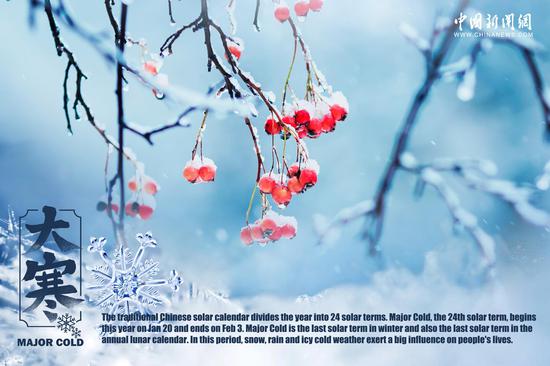
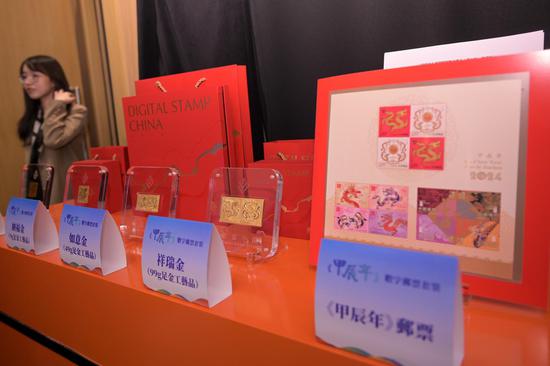


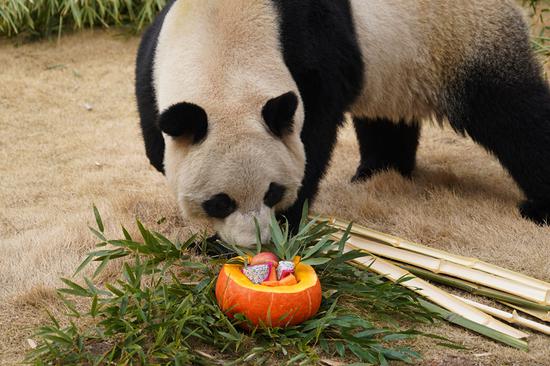






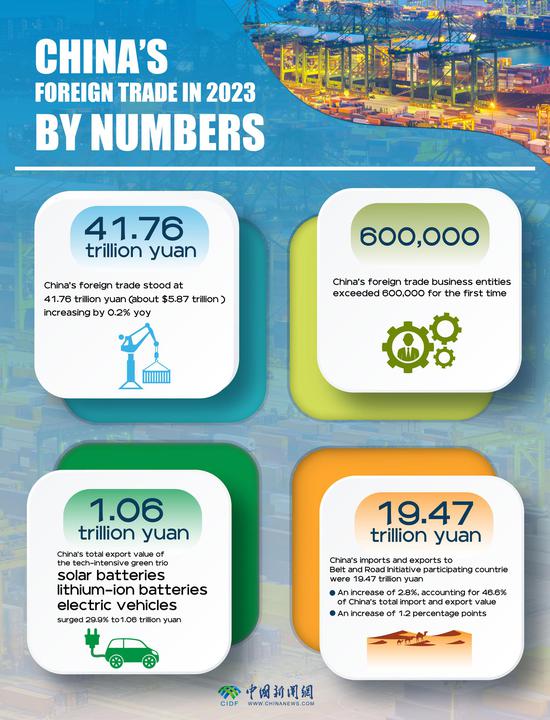









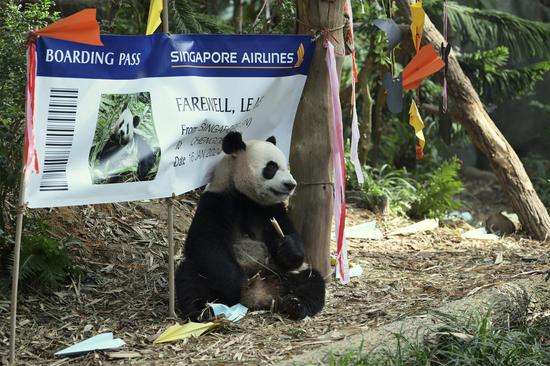
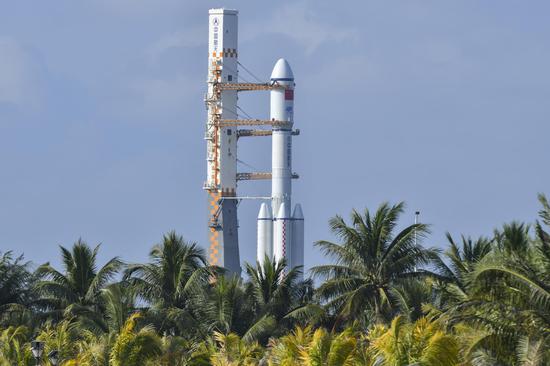


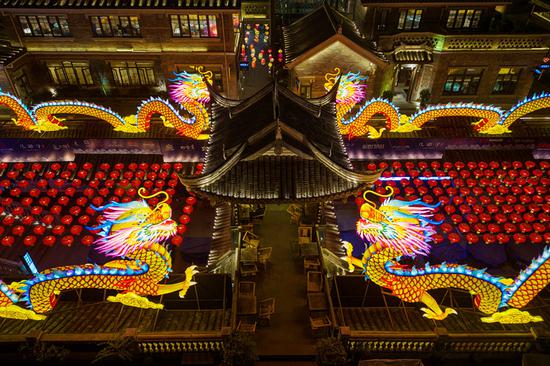


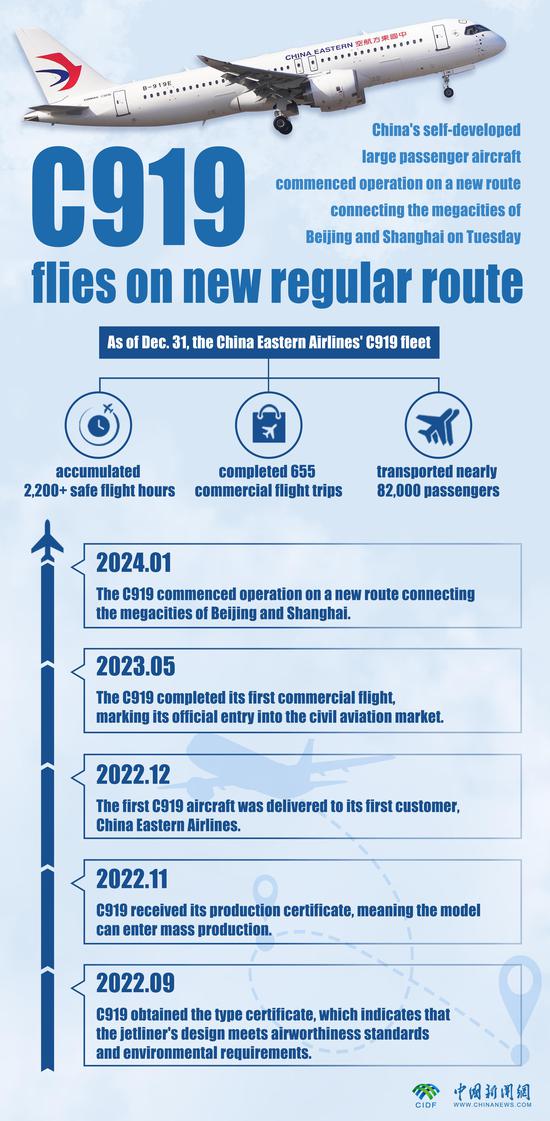





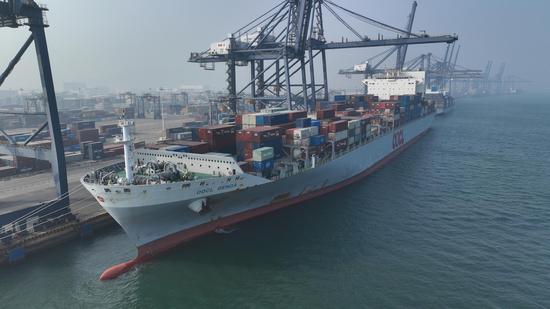
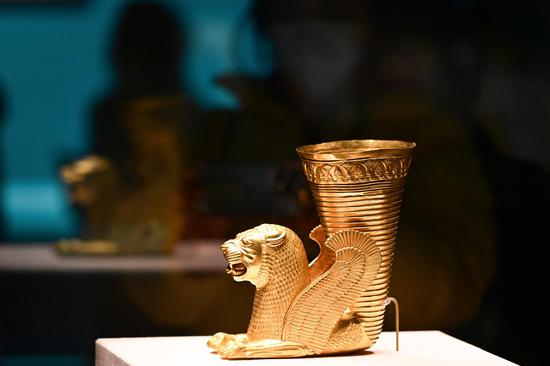
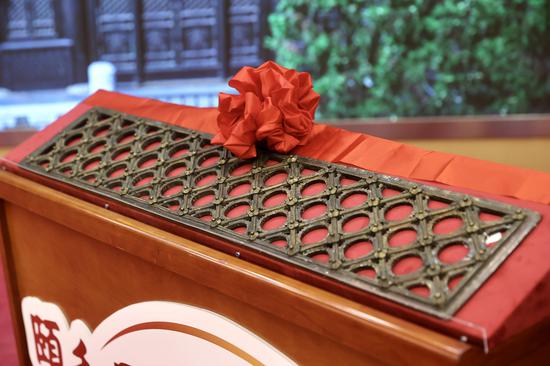



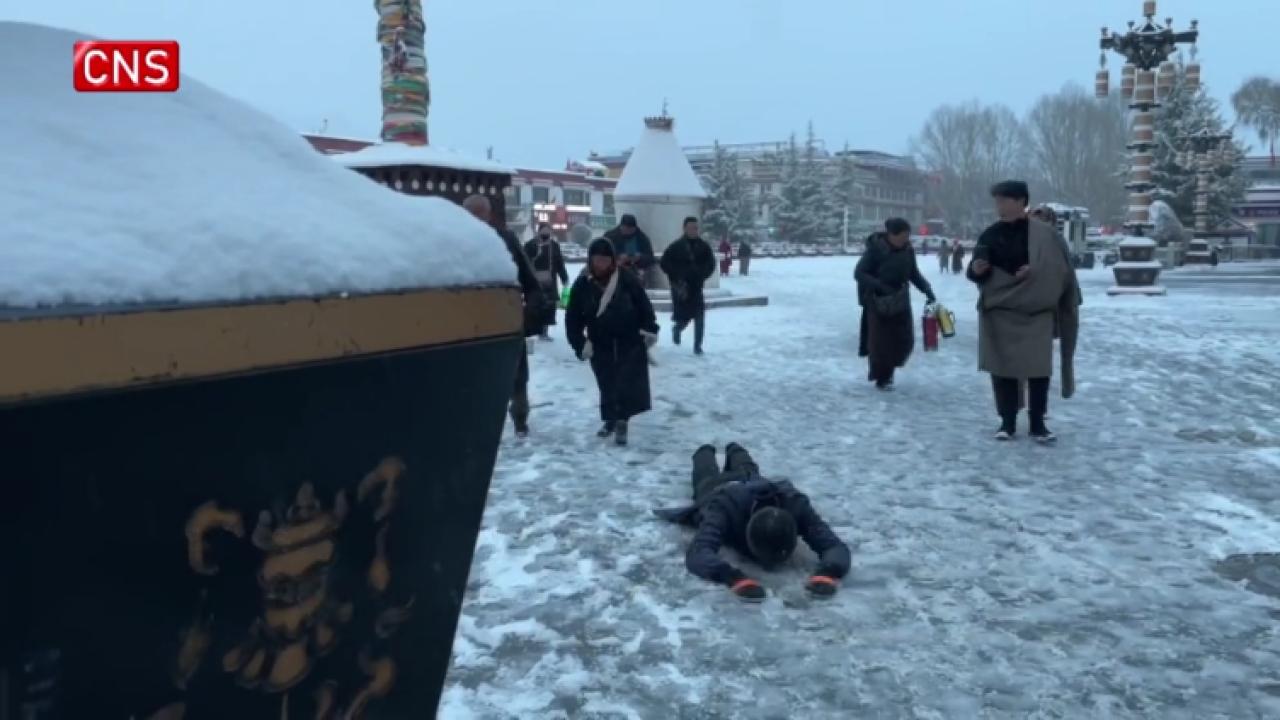

 京公网安备 11010202009201号
京公网安备 11010202009201号